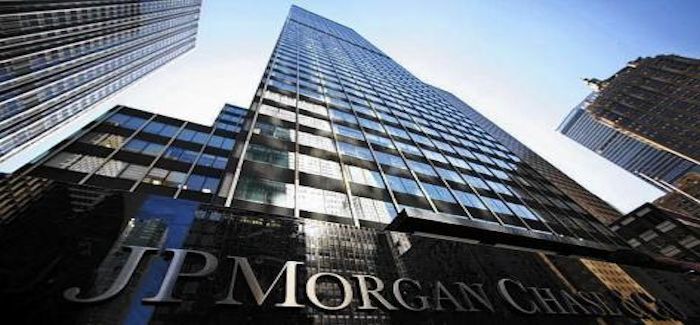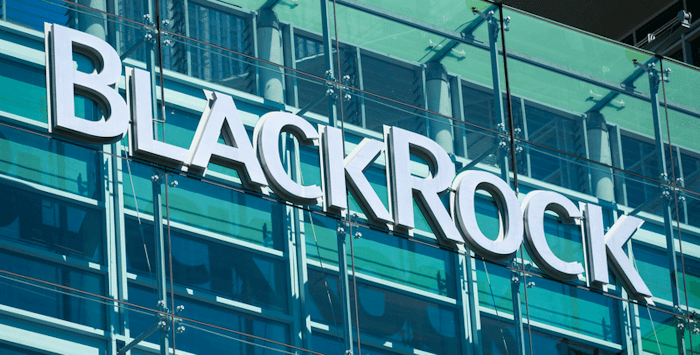Voilà qui devrait donner un autre éclairage à ces pseudos suicides de banquiers.
J'en profite pour remercier Marie Noelle pour son don, mais je dois laisser la pub quelque temps pour essayer de couvrir les frais que j'ai eu pour le serveur ces 5 derniers mois (350 €). Essayez de ne pas trop m'en vouloir pour le billet en une de ce matin, un peu énervé, mais alors que les solutions sont à notre portée, le manque d'engagement de certain(e)s Français m'exaspère.

ZeroHedge.com accueille dans ses colonnes, le 28 avril 2014, un texte de Wall Street On Parade du même 28 avril 2014 sur un certain nombre de suicides (“suicides” ?) qui ont eu lieu depuis l’année dernière, particulièrement à la banque JP Morgan, qui connaît des difficultés de trésorerie. Ces suicides (“suicides” ?) ont donné lieu à nombre de spéculations, à des thèses diverses, liées bien entendu au climat du secteur financier et de Wall Street depuis 2008.
Les enquêteurs de Wall Street On Parade (Pam et Russ Martens) ont voulu en avoir le cœur net. Ils ont notamment demandé aux services fédéraux chargés de ces questions des détails sur une assurance très particulière, dite Bank-Owned Life Insurance, ou BOLI, «a controversial practice that pays the corporation when a current or former employee dies». Ils se sont entendus dire qu’il s’agissait d’un “trade secret” auquel ils ne pouvaient avoir accès. Ils ont tout de même mené leur enquête, qui fait l’objet de cette publication. Ainsi ont-ils appris que JP Morgan souscrivait un ensemble d’assurances BOLI pour $10,4 milliards, qui représentent au moins $100 milliards, et peut-être plusieurs centaines de $milliards en primes d’assurance... L’ensemble, fort bien documenté, suggère une explication de ces suicides (plus que jamais “suicides”) qu’on devine aisément, – évidemment extraordinaire, qu’on pourrait même juger, dans son caractère extraordinaire, comme au-delà de toutes les thèses énoncées jusqu’ici.
«It doesn’t get any more Orwellian than this: Wall Street mega banks crash the U.S. financial system in 2008. Hundreds of thousands of financial industry workers lose their jobs. Then, beginning late last year, a rash of suspicious deaths start to occur among current and former bank employees. Next we learn that four of the Wall Street mega banks likely hold over $680 billion face amount of life insurance on their workers, payable to the banks, not the families. We ask their Federal regulator for the details of this life insurance under a Freedom of Information Act request and we’re told the information constitutes “trade secrets.”
»According to the Centers for Disease Control and Prevention, the life expectancy of a 25 year old male with a Bachelor’s degree or higher as of 2006 was 81 years of age. But in the past five months, five highly educated JPMorgan male employees in their 30s and one former employee aged 28, have died under suspicious circumstances, including three of whom allegedly leaped off buildings – a statistical rarity even during the height of the financial crisis in 2008.
»There is one other major obstacle to brushing away these deaths as random occurrences – they are not happening at JPMorgan’s closest peer bank – Citigroup. Both JPMorgan and Citigroup are global financial institutions with both commercial banking and investment banking operations. Their employee counts are similar – 260,000 employees for JPMorgan versus 251,000 for Citigroup.
»Both JPMorgan and Citigroup also own massive amounts of bank-owned life insurance (BOLI), a controversial practice that pays the corporation when a current or former employee dies. (In the case of former employees, the banks conduct regular “death sweeps” of public records using former employees’ Social Security numbers to learn if a former employee has died and then submits a request for payment of the death benefit to the insurance company.)
»Wall Street On Parade carefully researched public death announcements over the past 12 months which named the decedent as a current or former employee of Citigroup or its commercial banking unit, Citibank. We found no data suggesting Citigroup was experiencing the same rash of deaths of young men in their 30s as JPMorgan Chase. Nor did we discover any press reports of leaps from buildings among Citigroup’s workers.
»Given the above set of facts, on March 21 of this year, we wrote to the regulator of national banks, the Office of the Comptroller of the Currency (OCC) [...] The OCC responded politely by letter dated April 18, after first calling a few days earlier to inform us that we would be getting nothing under the sunshine law request. (On Wall Street, sunshine routinely means dark curtain.) The OCC letter advised that documents relevant to our request were being withheld on the basis that they are “privileged or contains trade secrets, or commercial or financial information, furnished in confidence, that relates to the business, personal, or financial affairs of any person,” or relate to “a record contained in or related to an examination.”
»The ironic reality is that the documents do not pertain to the personal financial affairs of individuals who have a privacy right. Individuals are not going to receive the proceeds of this life insurance for the most part. In many cases, they do not even know that multi-million dollar policies that pay upon their death have been taken out by their employer or former employer. Equally important, JPMorgan is a publicly traded company whose shareholders have a right under securities laws to understand the quality of its earnings – are those earnings coming from traditional banking and investment banking operations or is this ghoulish practice of profiting from the death of workers now a major contributor to profits on Wall Street?
»As it turns out, one aspect of the information cavalierly denied to us by the OCC is publicly available to those willing to hunt for it. On March 24 of this year, we reported that JPMorgan Chase held $10.4 billion in BOLI assets at its insured depository bank as of December 31, 2013. We reached out to BOLI expert, Michael D. Myers, to understand what JPMorgan’s $10.4 billion in BOLI assets at its commercial bank might represent in terms of face amount of life insurance on its workers. Myers said: “Without knowing the length of the investment or its rate of return, it is difficult to estimate the face amount of the insurance coverage. However, a cash value of $10.4 billion could easily translate into more than $100 billion in actual insurance coverage and possibly two or three times that amount” said Myers, a partner in the Houston, Texas law firm McClanahan Myers Espey, LLP...»
Mis en ligne le 29 avril 2014 à 08H54
Source : Dedefensa.org
Information complémentaire :
Crashdebug.fr : Jovanovic : Série de suicides chez JP Morgan










